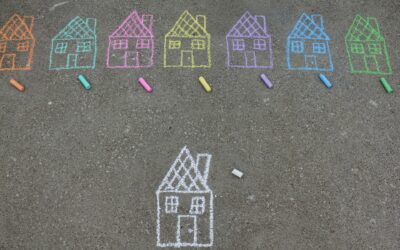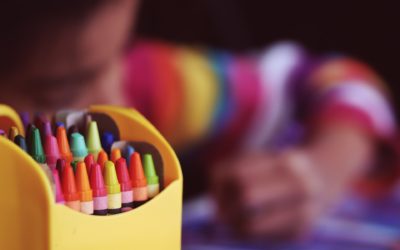Artful Activism: Empowering Students to Challenge Inequity Through Visual Storytelling
Written By
As educators, one of our greatest responsibilities is to equip students with the tools they need to thrive in an increasingly complex world. Among the most important of these tools is the ability to tell stories—stories that reflect their passions, lived experiences, and perspectives on the world. Visual storytelling, in particular, offers students a powerful way to express themselves and challenge the inequities they see around them.
One of the most powerful aspects of teaching visual storytelling is the way it allows students to connect their personal passions with larger societal issues.
Why Visual Storytelling is Essential for Students
Visual storytelling engages students in ways that traditional classroom activities often cannot. Through art, photography, video, or design, students learn to express ideas and emotions that might be difficult to convey with words alone. For students who may feel disconnected or voiceless, visual storytelling provides an opportunity to share their experiences and ideas in ways that resonate with their peers and the wider world.
For example, when students create visual works that explore social issues—such as inequality, environmental justice, or racial discrimination—they’re not just learning art techniques. They’re engaging with critical thinking, empathy, and problem-solving, all while exploring how to use their creativity to make a difference. They begin to see how art can reflect and critique the world around them, giving them a sense of agency in shaping the future.
Inspiring Students to Share Their Passions
One of the most powerful aspects of teaching visual storytelling is the way it allows students to connect their personal passions with larger societal issues. Whether it’s through a photograph, painting, or digital design, students can use visual mediums to communicate what matters most to them.
By teaching visual storytelling, educators create an environment where students feel comfortable exploring their identities and passions. These activities not only enhance creativity but also encourage students to share their unique perspectives. They begin to see how their personal experiences are part of a larger story, and they gain the confidence to share that story with the world.
Activities That Inspire Artful Activism
When students are engaged in hands-on activities, the process of creating visual stories becomes even more impactful. Here are a few ways educators can inspire students to use visual storytelling as a form of activism:
- Caption Creation: Pair students up and ask them to create a caption for an image that speaks to a social issue. This activity encourages them to analyze the artwork’s message and think critically about how art can be used to convey powerful ideas.
- Art Analysis for Activism: Use historical and contemporary examples of visual activism, such as the photography of Gordon Parks or the viral image of ballerinas Kennedy George and Ava Holloway. Encourage students to discuss how these pieces evoke emotion and convey messages about inequality, encouraging them to think about how their own work can do the same.
- Creating Artful Activism: Challenge students to choose a social issue they care about and create their own artwork around it. Whether through drawing, photography, or digital media, this activity empowers students to take ownership of their ideas and express them in ways that resonate with others.
- Reflection and Sharing: After creating their art, students should share their work with their peers, reflecting on the process and the message behind their creations. This reflection helps students internalize the importance of their voices and the impact their work can have on others.
The Impact on Students
Teaching students to use visual storytelling as a form of activism helps them build confidence, empathy, and a deeper understanding of the world. When students see how their art can inspire change or spark conversations, they start to understand the power they hold as creators. They also learn that their perspectives and experiences matter, and that they can use their creativity to shine a light on issues that are often overlooked or misunderstood.
More importantly, these activities foster a sense of responsibility in students. They begin to see that they have a role to play in shaping the future—whether by advocating for social justice, challenging inequity, or simply sharing their unique experiences with the world. As educators, our role is to guide them in this journey, offering support and encouragement as they use their creative talents to make a difference.
By teaching students how to use visual storytelling, we give them the tools to not only express their personal stories but also to engage with the larger social issues that shape their lives. Visual storytelling offers students a way to connect their creativity with their sense of purpose, empowering them to challenge inequity and inspire others through the power of art. Let’s continue to nurture this creativity in our classrooms, encouraging students to see themselves as storytellers, artists, and activists ready to make their mark on the world.
More Posts
The Power of Rituals in Education
Fostering Creativity, Well-Being, and Artifacts of Learning In the educational landscape, where the demands on both teachers and students are high,...
Why creativity is more than a nice-to-have for students and teachers
Creativity may be the most important skill to learn in school, but it's often misunderstood—and underutilized. Creativity isn't just about drawing...
Four Warm-Ups To Get Students Thinking Creatively
The benefits of using creative warm-ups in your classroom are numerous. Creative warm-ups can encourage open-mindedness, nurture creative behavior,...




0 Comments